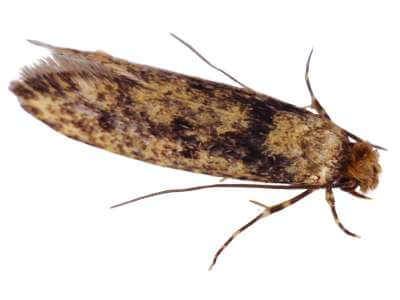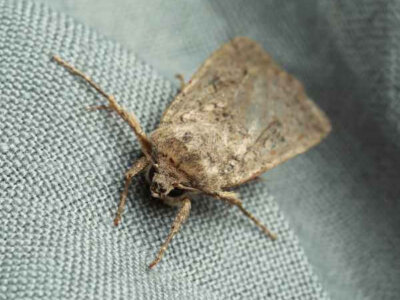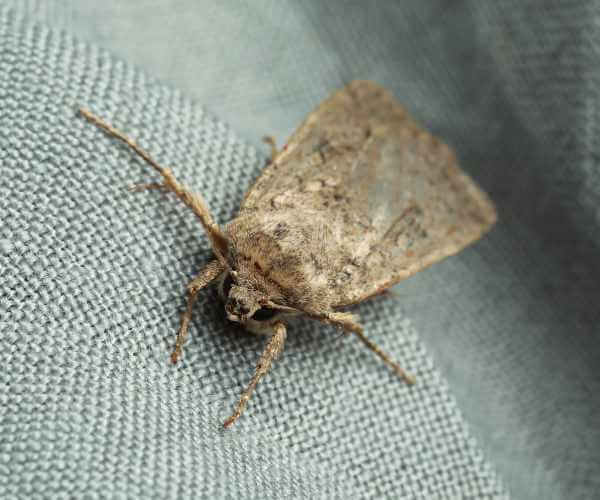
What Do Indian Meal Moths Look Like?
Indian meal moths are reddish-brown with gray and rusty brown wings. They have six legs and two long, thread-like antennae. Adults can grow up to 3/8 inches long. These moths are attracted to light and often infest pantries, stored food containers, and grocery stores. They commonly infest birdseed, breads, grains, cereals, flour, and wheat.

What Do Clothes Moths Look Like?
Clothes moths are yellow with a distinctive sheen and reddish-gold hairs on top of their heads. They have six legs and two long, thin antennae. Adults can grow up to 1/2 inches long. These moths are not attracted to light and prefer dark areas like closets, basements, and inside furniture. They feed on natural fibers like wool, silk, and hair. If left untreated, clothes moth infestations can decimate entire wardrobes, as well as bedding and furniture.


Moth Extermination in Milwaukee, WI
Indian meal moths and clothes moths can cause significant damage to fabrics and food products. While they are not harmful to people, they can be a major nuisance for homeowners, clothing stores, and grocery stores. Advanced Wildlife and Pest Control provides moth control and extermination services for residential and commercial properties in Milwaukee and southeastern Wisconsin.

What are the Signs of a Moth Infestation?
Clothes moth larvae chew holes in clothing and other fabrics. These moths lay their eggs where larvae can hatch and consume fabrics such as clothing, carpets, curtains, and furniture. Like cloth moths, Indian meal moths lay their eggs on flour, cereals, and grains. The larvae consume the food products and cover their food source with silken webbing. Although Indian meal moths do not carry diseases or parasites, they contribute to the growth of mold, leave behind webbing and feces in pantry goods, and alter the flavor of foods they infest.
How Can I Prevent Moths?
The following prevention tips will help deter moths from your property.
- Inspect boxes, appliances, groceries, and furniture.
- Use airtight storage containers for clothes, linens, and other fabrics.
- Use mothballs or essential oils like lavender and peppermint to deter moths.
- Store dry food inside airtight containers.
Moth FAQs
Frequently Asked Questions
What do moths eat?
Clothes moths eat natural fibers like wool, silk, and hair. They will feed on wool clothes, carpets, furs, and coats. Indian meal moths eat stored food, ground grains, cereal products, dried fruits, nuts, seeds, and pet foods.
Do moths bite?
Clothes moths and Indian meal moths do not bite people or pets.

